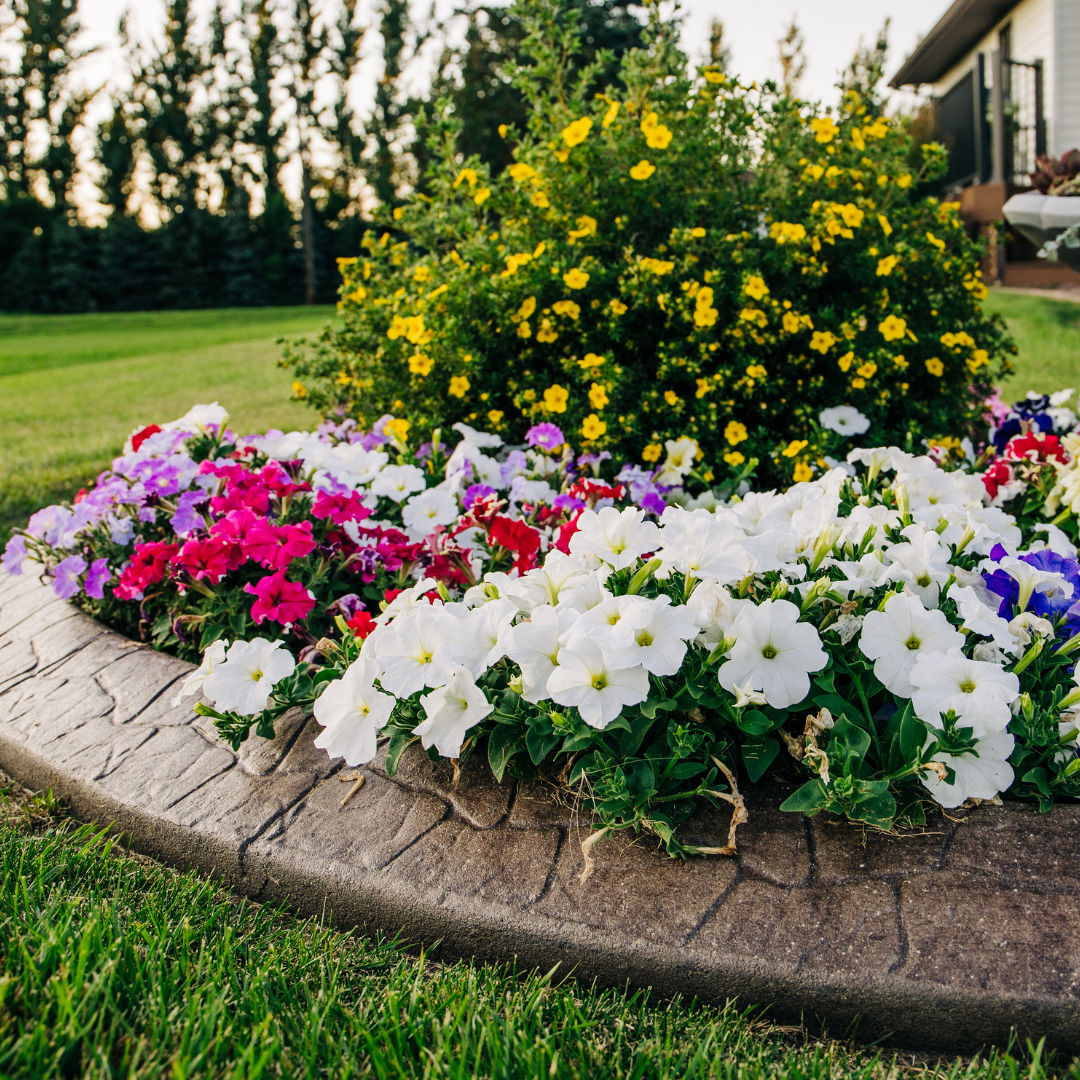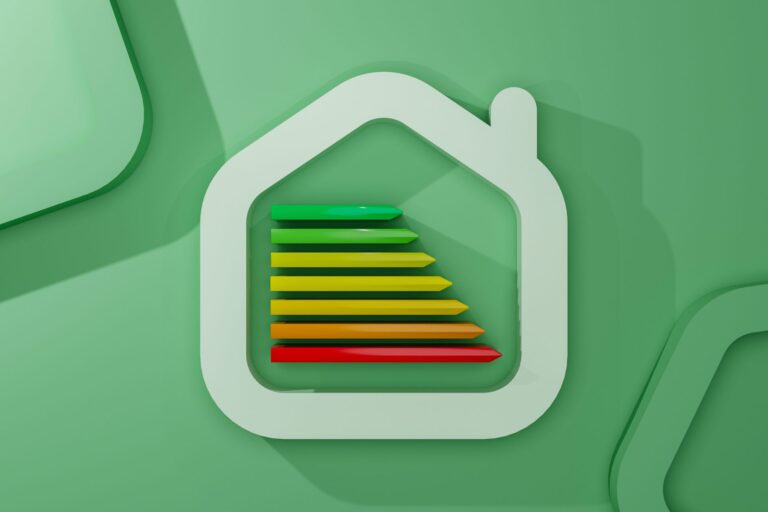Donec efficitur, ligula ut lacinia
viverra, lorem lacus.

3 Tips to Help Create a Flower Bed at Home
Creating a flower bed in your garden at home can be a fun and rewarding project. There are a few things to keep in mind, however, if you want to make the most of your flower bed as you embrace the art of Flower Planting. Here are three tips to help you get started.
Preparation
Preparation is key when creating flower beds in different settings.
Rooftop Garden
If you’re planning a rooftop garden, use lightweight soil and make sure the water can drain properly to avoid stressing the roof. Use things like leak barriers and trays to protect the roof from water damage. It’s a good idea to have roofing experts check your roof first to see if it can handle the weight and watering needs of a rooftop garden. You can find local roofing companies online with terms like “roofing companies near me“, and hire them to check for any potential issues and to make sure that your roof is ready for a rooftop flower bed. That said, a rooftop garden can be a beautiful addition to any home, but it requires proper installation and maintenance to guarantee its safety and longevity.
Lawn
Also when planting a flower bed in the lawn, it’s important to consider the pH levels that different plants need to thrive. For example, lilies prefer a soil pH of 6.0-7.5, while roses prefer a pH of 5.5-6.5. Be sure to consult with a local nursery or gardening expert to learn more about the pH needs of the plants you’re interested in planting.
In addition to considering the pH levels of your plants, you’ll also want to prepare the flower bed properly. Tilling the soil and adding compost or mulch can help create a healthy environment for your plants. Be sure to follow the specific instructions provided by your supplier because every flower bed is different and will require unique preparation methods.
However, with a little bit of preparation and some basic knowledge about plant pH levels, you can create a beautiful flower bed in your garden at home.
Planting Tips
When planting in flower beds, it is important to give each flower enough space to grow based on its mature size. Use staggered rows for good air circulation. Mulch well after planting. For rooftop gardens, opt for drought-tolerant plants in containers that allow for drainage off the roof.
Another way to space your plants out is by using staggered rows. This means planting the first row, then leaving a gap before planting the next row. This will create a more staggered look and will also help with air circulation, which is important for preventing diseases.
Finally, be sure to mulch your flower bed well after planting. Mulch will help keep the soil moist and will also discourage weed growth. Given the diverse range of mulch options available, it’s advisable to choose one that not only caters to the practical needs of your plantings but also complements the aesthetic of your flower bed. For personalized advice and expertise, consulting with experienced landscaping companies can be invaluable. Their guidance ensures that your outdoor space becomes not only visually appealing but also a harmonious extension of your living environment.
Watering and Maintenance
Once your flower bed is planted, you will need to water it regularly. Be sure to check on it regularly and remove any dead or dying plants.
It is important to water at the right times too, such as when the sun is not out, as that can scorch the leaves of a plant or flower.
Sprinkler systems can be used rather than a watering can when a large area needs watering regularly. Finding them is not difficult either; you can simply conduct an online search for “Sprinkler Installer Near Me” and find a suitable professional who can help you install them in your garden. You can control when to switch the system on. But be aware that there could be a ban on sprinklers in a period where there is a drought. So, be mindful of the rules in that respect.
For rooftop gardens, take extra care when watering to avoid ponding and excessive moisture. Use drip irrigation or water containers specifically designed for container gardening. With a little care, your flower bed will be beautiful for years to come. Know which flowers will come back year after year and think about the color combinations during different times of the year. Think about the different kinds of insects or bees that will love to come and visit your flowers to extract the pollen. It is a wonderful site to see.
If you want, you can take up beekeeping along with your regular gardening as well. Beekeeping and creating a flowerbed at home go hand in hand. You can choose the right flowers that attract bees, and help support the local bee population, along with enjoying the benefits of pollination in your garden. Adding a bee box or hive can also provide an opportunity to learn about beekeeping and harvest honey. Just make sure that you have the appropriate beekeeping kits and additional supplies required for the job. Also, take care to choose flowers that bloom at different times of the year to ensure a continuous source of food for bees. With some attention and care, your flowerbed can be a beautiful and productive addition to your home.
Creating a flower bed in your garden can be enjoyable to work on and satisfying to have successfully achieved. It is a great way to add some color and life to your outdoor space. We can make more of the garden that we have by planning out what we want from this space and then choosing wisely in terms of the plants that we have. Then don’t forget to add the touches such as mulch to assist with flower growth.



